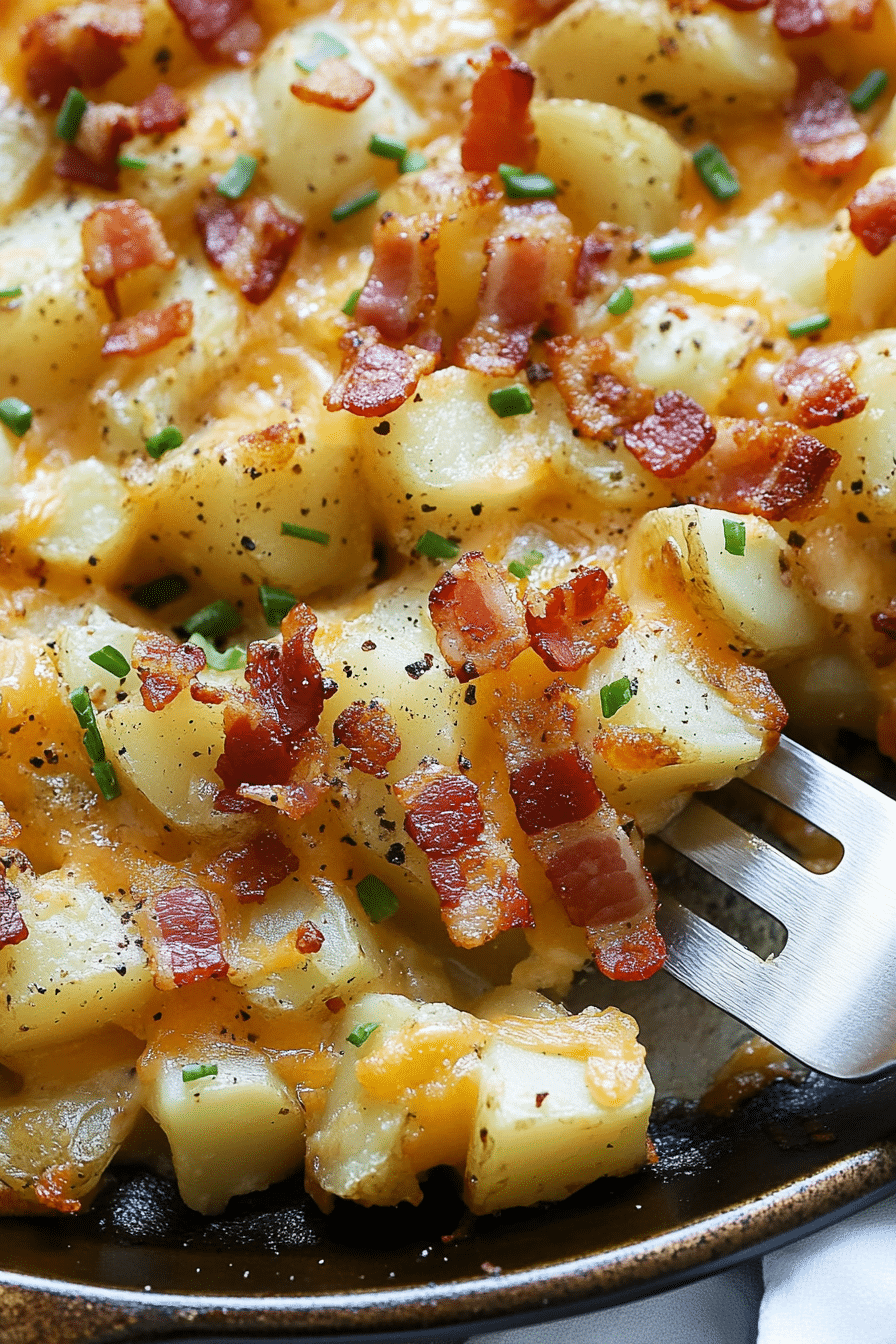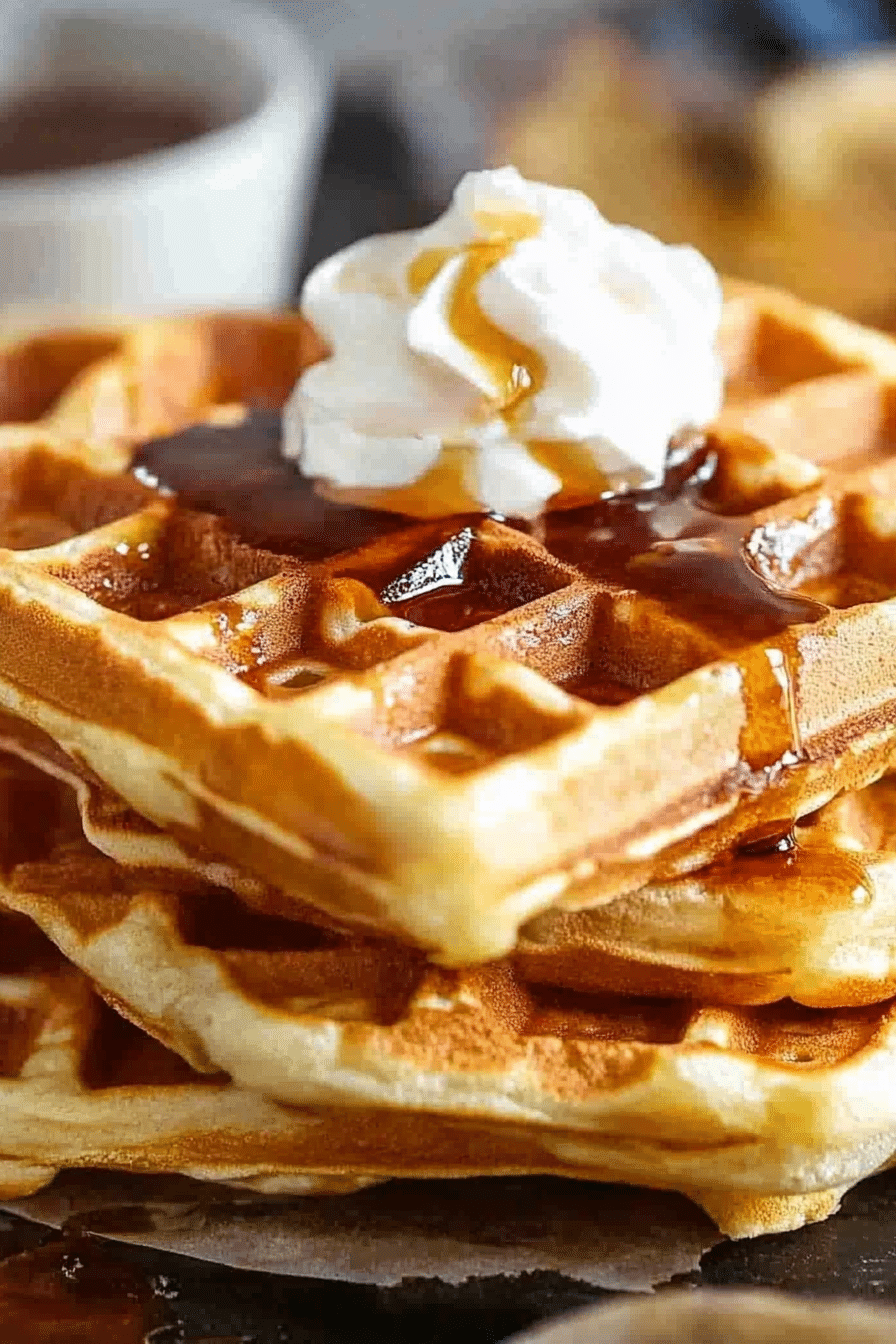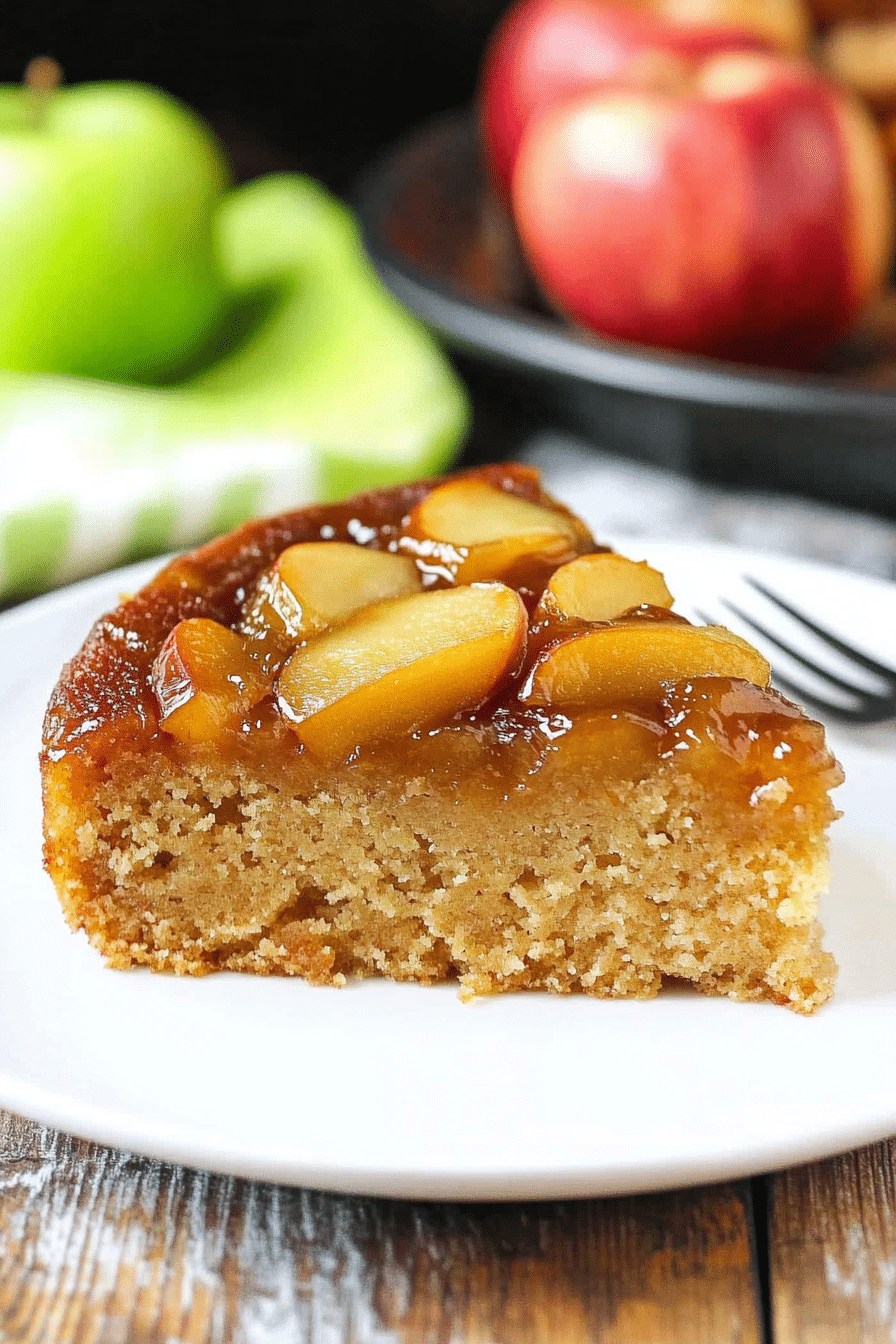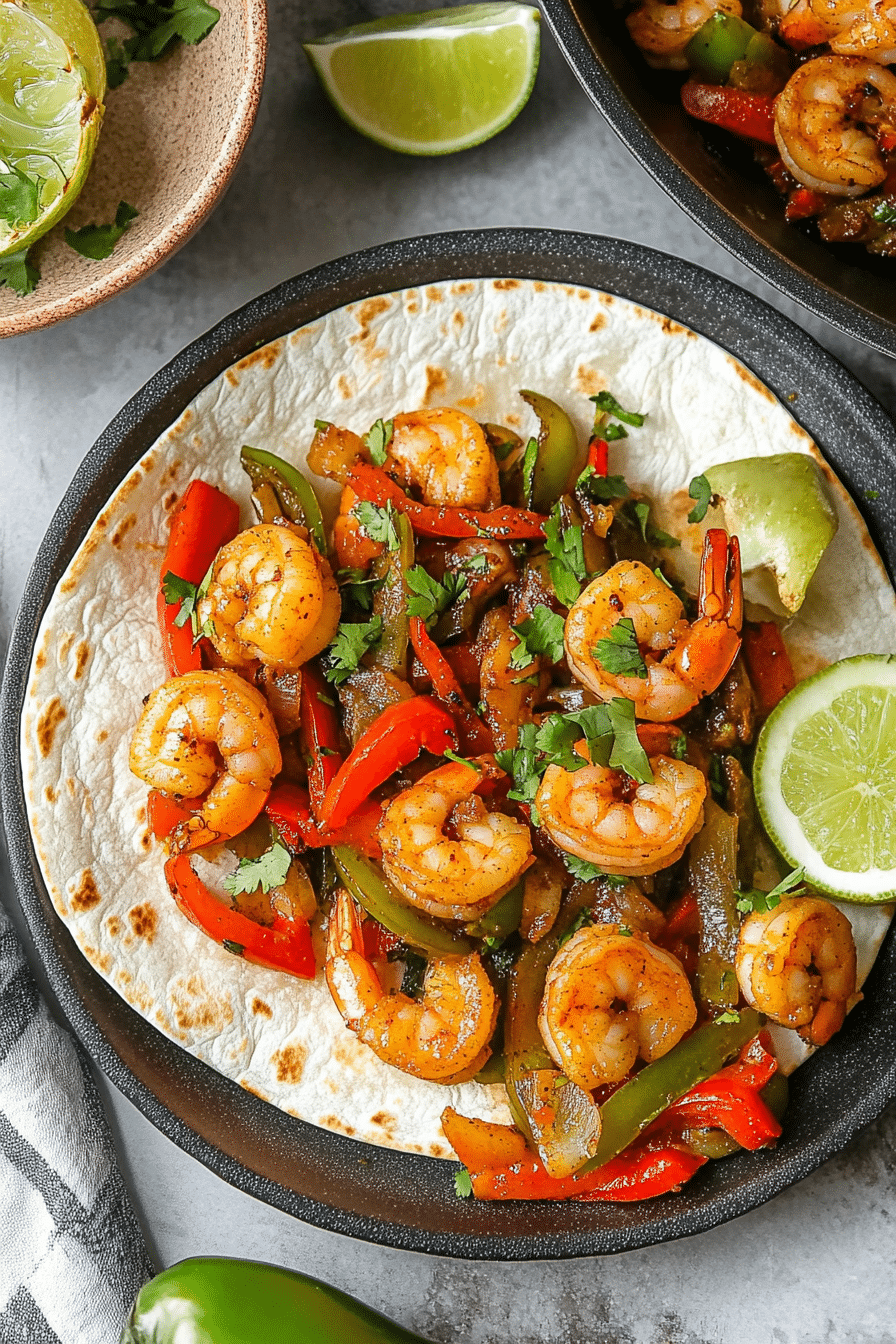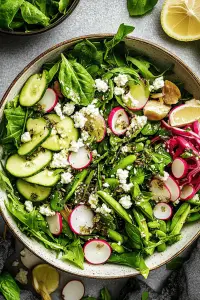I still remember Sunday mornings at Grandma’s house, the kitchen thick with vanilla and butter, the clock ticking softly as the sourdough woke up on the counter. The scent of something creamy and sweet pulled us in like a magnet—the kind of scent that doesn’t just say dessert, it says family. That something was almost always a version of French Custard Pie, a simple, silky custard tucked into a shy, buttery crust. Think of it as a lovechild between a custard tart and a classic pie: smooth, creamy, and comforting enough to quiet the house after a big weekend lunch. This little dish has this magical way of traveling through generations—no drama, just a reliable, crowd-pleasing slice. I’ve made versions with almond milk, with vanilla bean specks, and even a citrus twist when the mood strikes. It’s amazing how a handful of pantry staples can become something that smells so unmistakably like home. If you’re craving something gently sweet that doesn’t require a trip to the bakery, this French custard pie is your new go-to. It’s a lifesaver on busy nights and a warm welcome on lazy weekends.

What is French custard pie?
French custard pie is essentially a delicate vanilla custard baked in a crisp, sweet crust. Think of it as a friendly liaison between a pie and a custard tart—the crust gives you that satisfying bite while the filling stays luxuriously creamy. The name hints at its French roots, where dessert often leans toward simple ingredients treated with care: eggs, milk, vanilla, and a touch of sugar elevating everyday pantry staples into something you crave after a long day. It’s not overly fussy; it’s luxurious in its simplicity. The texture should be like satin—nothing grainy, with a gentle jiggle when you lift the slice. A quick glaze or a dusting of sugar can finish it off, but the real show is that vanilla-egg harmony, mellowed with a kiss of nutmeg or lemon zest if you like. This pie is the kind of recipe that travels beautifully from weekend family gatherings to weeknight comfort, and it always says “home” in the best possible way.
Why you’ll love this recipe?
What I love most about this French custard pie is its quiet confidence. It’s not trying to be showy; it just tastes like the best version of itself. The flavor is softly vanilla, with custard sweetness that lingers on the tongue, almost like a warm hug. The texture is what sells it—creamy and silky, with a light, buttery crust that holds its shape but yields to each slice. It’s incredibly simple to pull off, which makes it a perfect weekend project or a forgiving recipe for new bakers. And it won’t break the bank: pantry staples, a few eggs, milk, a little butter, and a crust you can make from scratch or buy pre-made if you’re pressed for time. Versatility is another big win—this French custard pie adapts to different milks (dairy or non-dairy) and can be dressed up with a citrus zest, a pinch of nutmeg, or a glossy apricot glaze. I’ve handed this to friends who claimed they don’t bake, and they came back with a proud grin and a plate piled high. What I love most about this is its ability to feel elegant without demanding perfection. It’s cozy, crowd-pleasing, and the kind of recipe that makes weekend baking feel like a warm invitation to gather round the kitchen counter. If you’re hunting for a dessert that says “you made this with love,” this is it. It’s also the kind of bake that disappears in minutes at my house—the kids love that wobbly center and the adults love how the vanilla aroma fills the room.
How do I make French custard pie?
Quick Overview
This French custard pie starts with a crisp, lightly sweet crust that’s blind-baked just enough to set it up for the creamy filling. The custard comes together in a simple whisk-and-pour method: eggs, milk, vanilla, and a touch of sugar whisked until smooth, then gently poured into the warm crust. A brief bake finishes the set, just until the center wobbles ever so slightly. A glossy glaze or a dusting of powdered sugar brings it all home. The beauty of this method is that it stays forgiving—no overmixing, no complicated steps, and results that taste like a pure, comforting dessert you’d serve to someone you love.
Ingredients
For the main Batter (the crust):
- 1 1/4 cups all-purpose flour (or 1 1/4 cups gluten-free blend with 1/4 tsp xanthan gum, if you’re gluten-free)
- 1/4 cup powdered sugar (optional, for a slightly sweeter crust)
- 1/2 cup cold unsalted butter, cubed
- 1–2 Tbsp ice water (add as needed to bring the dough together)
- Pinch of salt
For the Filling:
- 2 cups whole milk (or 1 3/4 cups milk + 1/4 cup cream for extra richness)
- 4 large eggs
- 1/2 cup granulated sugar
- 1 tablespoon cornstarch (helps give the custard a little lift)
- 2 teaspoons Vanilla Extract (or 1 vanilla bean, seeds scraped)
- Pinch salt
- Optional: zest of 1/2 lemon or a pinch of ground nutmeg
For the Glaze:
- 2 tablespoons apricot jam
- 1 teaspoon water
Step-by-Step Instructions
Step 1: Preheat & Prep Pan
Heat your oven to 350°F (175°C). Lightly butter a 9-inch tart pan or pie dish. If you’re using a metal tart pan with a removable bottom, it helps the crust release cleanly. For a crunchier crust, I often line the pan with parchment and trim the edges so the crust peeks out just a touch. Chill the pan while you work the dough—the cold fat is what makes the crust flaky and tender. This is the part I call setting up my kitchen for success, because a well-chilled crust is the difference between cracked edges and a neat, neat slice.
Step 2: Mix Dry Ingredients
In a bowl, whisk the flour, powdered sugar (if using), and salt together. The little bit of sugar in the crust helps with browning and flavor. If you’re going gluten-free, this is where you want to catch the subtle difference: gluten-free flours can brown more quickly, so keep an eye on color and consider a few minutes less in the oven if your crust browns early.
Step 3: Mix Wet Ingredients
In another bowl, beat the eggs with the milk (and cream if you’re using it), sugar, vanilla, and the cornstarch. The cornstarch gives the custard a gentle body so it doesn’t run like water when you slice it. If you’re using lemon zest, add it here so the fragrance infuses the custard evenly. The mixture should look glossy and smooth; no lumps, no graininess. This is where your kitchen starts smelling like a cozy bakery, and you’ll want to pinch yourself to remember to breathe in deeply.
Step 4: Combine
Now add the cold butter into the crust and pinch it with your fingers until it resembles coarse crumbs. Drizzle in ice water a tablespoon at a time, mixing with a fork until the dough just comes together. Don’t overwork it—this is a classic case where less is more. Gather the dough into a disk, wrap in plastic, and refrigerate for 20–30 minutes. Chilled dough bakes up tender and holds its shape better once it hits the oven. If you’re short on time, you can skip chilling and roll it out immediately, but the texture is noticeably improved with a brief rest.
Step 5: Prepare Filling
While the crust rests, whisk together your filling. Make sure your milk is warm but not boiling—this helps the custard set without a rubbery texture. If you’re adding a little citrus zest, this is the moment to whisk it in. Taste the mixture; it should be pleasantly sweet with a gentle vanilla note. If you’re using almond milk as a dairy-free alternative, be mindful that it can lighten the flavor; you might want an extra splash of vanilla and a touch of coconut cream for richness.
Step 6: Layer & Swirl
Roll the crust to a circle a bit larger than your pan. Gently lay it in, pressing into the corners. Trim the excess and crimp the edges if you like a decorative finish. Pour in the custard filling and give the pan a little tilt to distribute evenly. If you want a little swirl for visual interest, you can swirl in a tablespoon of extra vanilla or a thin ribbon of lemon zest, but don’t overdo it—the custard should still look clean and uniform.
Step 7: Bake
Bake the pie for about 40–45 minutes, or until the edges are set and the center jiggles slightly when you give the pan a gentle shake. The custard should look pale and glossy, not browned on top. If the very center still looks liquid after 45 minutes, cover loosely with foil and bake for another 5–10 minutes. Ovens vary, so start checking a bit early and go by texture rather than time alone. A gentle shake that yields only a tiny wobble is what you’re after—the sign of a properly set custard without a curdled center.
Step 8: Cool & Glaze
Remove the pie from the oven and let it cool on a rack for at least 1 hour. The filling will firm up as it cools. For a glossy finish, heat the apricot jam with a teaspoon of water until smooth, then brush a thin layer over the surface. The glaze shines beautifully and helps keep the custard moist. If you’d rather skip the glaze, a light dusting of powdered sugar is enough to give a pretty finish while letting the vanilla flavor take center stage.
Step 9: Slice & Serve
When you’re ready to cut, warm a knife blade under hot water and wipe clean between slices. This helps you achieve neat, clean cuts through the custard and crust. French custard pie is wonderful slightly warm or at room temperature; I love it with a dollop of softly Whipped Cream or a few fresh berries for a bright counterpoint. If you’re serving a crowd, it’s perfectly sliceable at room temperature, and leftovers—if there are any—are even nicer the next day, when the flavors have fully melded.
What to Serve It With
This French custard pie shines on any table and adapts to the moment. Here are a few ideas that keep the vibe just right:
For Breakfast: A slice with a hot coffee or a glass of cold milk feels like a treat and a hug at the same time. You can finish the plate with a light dusting of cinnamon or nutmeg for that morning-spice aroma.
For Brunch: Serve alongside a citrusy salad, a fruit platter, and a pot of tea. The creamy custard pairs beautifully with tart berries and a flaky crust that gives a little crunch with each bite.
As Dessert: It’s the perfect end to a weeknight dinner or a casual dinner party—simple, elegant, and utterly comforting. A splash of vanilla cream or a few micro herbs for color can elevate the presentation without changing the flavor.
For Cozy Snacks: Warm a slice in the microwave for 10–15 seconds if you want a quick weekend treat. It’s my kids’ favorite after-school snack, and the house smells heavenly for hours after.
In our family, we often pair it with a little extra vanilla or a splash of berry compote. The joy isn’t just in the taste but in the ritual—dishing out warm slices while everyone chats about their day, the kitchen filled with soft, happy sounds. This French custard pie isn’t just dessert; it’s a small ceremony of comfort we keep returning to.
Top Tips for Perfecting Your French custard pie
[Expert advice organized by technique:]
Crust Prep: Always keep the butter cold and handle the dough as little as possible. The colder the fat, the flakier the crust. I like to chill the dough for at least 20 minutes, then roll to a circle a touch larger than the pan so it hugs the edges neatly. If you’re gluten-free, use a blend that’s designed for pie crusts and consider adding an extra tablespoon of cold butter to mimic that flakiness.
Mixing Advice: Don’t overmix the custard once you combine wet and dry components. A gentle whisk just until everything is smooth keeps the texture silky rather than foamy or airy. If your custard forms bubbles, skim them off; they can create tiny air pockets that bake out lumpy if left in.
Custard Swirl Customization: If you want a subtle swirl, add a teaspoon of vanilla-cream mixture in a few spots and swirl with a toothpick. For a citrus note, zest a half lemon into the filling but keep it balanced so the vanilla remains the hero.
Ingredient Swaps: Dairy-free versions work nicely with almond milk and a touch of coconut cream. You may need to adjust sugar slightly since non-dairy milks can taste less sweet; start with the same amount and taste before the bake. If you’re using a sugar substitute, pick one that caramelizes well and keep an eye on the crust’s browning.
Baking Tips: Every oven behaves a little differently, so use your eyes more than the clock. The edges should be set while the center still has a tiny wobble. If your crust starts to brown too quickly, cover the edges with foil to protect them while the filling finishes.
Glaze Variations: The apricot glaze is classic, but you can switch to a simple honey-lemon glaze or a berry compote brushed on after the pie cools for a fruity shine. For a rustic finish, dust with powdered sugar and a pinch of cinnamon for warmth.
I learned to bake this by listening to the slow, patient tinkering of a kitchen timer and a stubborn loaf of bread that refused to rise without a little extra attention. My trick is to keep the crust cool and the filling smooth. It’s not about chasing perfection; it’s about honoring the simple ingredients and letting them speak softly. Trust me on this—it’s a recipe you’ll reach for again and again, especially when you want something that feels special but doesn’t require a pastry chef to pull off.
Storing and Reheating Tips
Proper storage makes all the difference in keeping the custard creamy and the crust crisp. Here’s how I handle it at home:
Room Temperature: If you’re enjoying it the same day, you can cover loosely with foil and keep at room temperature for up to 2 hours. After that, refrigeration is better to preserve texture and flavor.
Refrigerator Storage: Store slices in an airtight container or wrap in plastic wrap. The custard will firm up in the fridge, so you might want to let the slice sit at room temperature for 15–20 minutes before serving to regain that silky texture.
Freezer Instructions: While the crust holds up well, freezing the filled pie can be a little tricky because the custard may separate upon thawing. If you must freeze, freeze the unbaked crust with the filling poured in, wrapped tightly, for up to 1 month, then bake from frozen, adding about 15 minutes to the bake time and checking for doneness. For glazed versions, apply glaze after thawing to preserve shine.
Glaze Timing Advice: If you’re freezing or refrigerating, you can glaze before chilling or after thawing. If you glaze before chilling, the glaze can soften the crust slightly, but it helps keep the surface glossy and sweetly enticing. If you prefer a crisper surface, glaze just before serving.
The bottom line is: this French custard pie still feels luxurious even when it’s not freshly baked, and the crust still holds up well with careful storage. The key is to keep the filling creamy and the crust tender, no matter when you enjoy it.
Frequently Asked Questions
Final Thoughts
If you’re looking for a dessert that feels like a warm hug from a favorite someone, this French custard pie is the answer. It’s not about grandeur or drama; it’s about a clean, honest harmony of eggs, milk, vanilla, and a touch of sweetness wrapped in a crisp crust. It’s the kind of dish that invites conversation, a lingering aroma, and a dozen little compliments as you pass the plate around. I’ve made this countless times, and every time I watch someone take their first bite, I’m reminded why I fell in love with simple baking: it’s generous, forgiving, and always ready to welcome you home. If you try one tweak, maybe add a pinch of citrus zest or a dollop of fresh cream on the side—the little enhancements make it feel like your own signature version. Happy baking! And if you try this, drop a comment below and tell me how yours turned out or what you swapped to make it yours. I’d love to hear your version of this cozy classic.
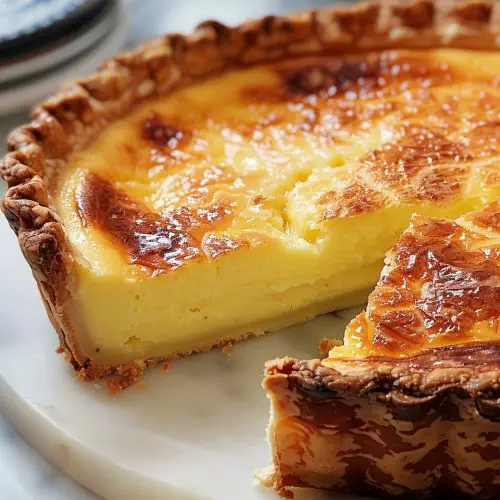
French Custard Pie
Ingredients
For the Crust
- 1.5 cups all-purpose flour
- 0.5 teaspoon salt
- 0.625 cup unsalted butter, cold and cubed
- 3 tablespoon ice water
For the Custard Filling
- 4 large eggs
- 1 cup granulated sugar
- 0.33 cup all-purpose flour
- 2 cups whole milk
- 1 teaspoon vanilla extract
- 0.25 teaspoon nutmeg, freshly grated
Instructions
Prepare the Pie Crust
- In a large bowl, whisk together the flour and salt. Cut in the cold butter with a pastry blender or your fingertips until the mixture resembles coarse crumbs with some pea-sized pieces of butter remaining.
- Gradually add the ice water, one tablespoon at a time, mixing until the dough just comes together. Do not overmix.
- Shape the dough into a disc, wrap it in plastic wrap, and refrigerate for at least 30 minutes.
- Preheat your oven to 375°F (190°C). On a lightly floured surface, roll out the dough into a 12-inch circle. Carefully transfer the dough to a 9-inch pie plate. Trim and crimp the edges as desired.
- Line the pie crust with parchment paper and fill with pie weights or dried beans. Bake for 15 minutes. Remove the parchment and weights and bake for another 5-7 minutes, or until lightly golden.
Prepare the Custard Filling
- In a large bowl, whisk together the eggs and granulated sugar until well combined.
- Whisk in the flour until smooth.
- In a small saucepan, heat the milk over medium heat until it is steaming but not boiling. Gradually whisk the hot milk into the egg mixture.
- Stir in the vanilla extract and nutmeg.
Bake the Pie
- Pour the custard filling into the pre-baked pie crust.
- Reduce the oven temperature to 350°F (175°C). Bake for 30-35 minutes, or until the center is just set but still slightly jiggly. The pie will continue to set as it cools.
- Let the pie cool completely on a wire rack before slicing and serving. This can take several hours.
Notes
Featured Comments
“Impressed! Clear steps and restaurant-level results. Perfect for busy nights.”
“New favorite here — family favorite. crowd-pleaser was spot on.”
“Super easy and turned out amazing! My family asked for seconds. Saving this one.”
“This sweet treat was absolutely loved — the buttery really stands out. Thanks!”
“Made it tonight and wow — quick weeknight win! Will definitely make French custard pie again.”
“Packed with flavor and so simple. Exactly what I wanted from French custard pie.”



